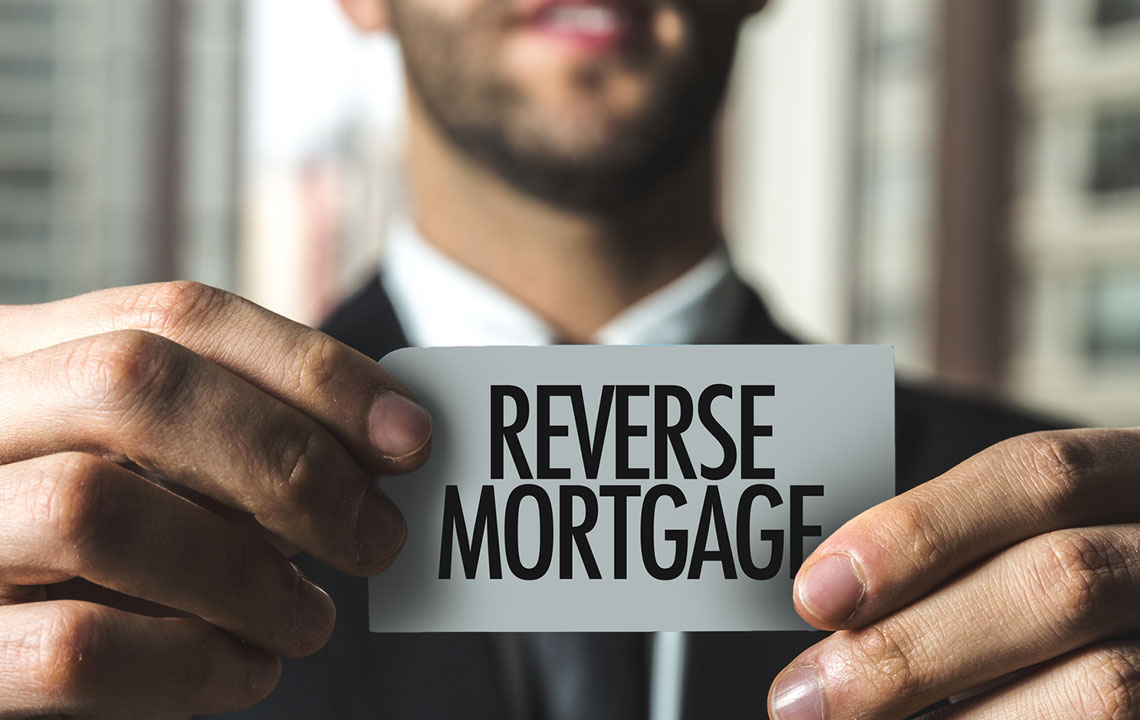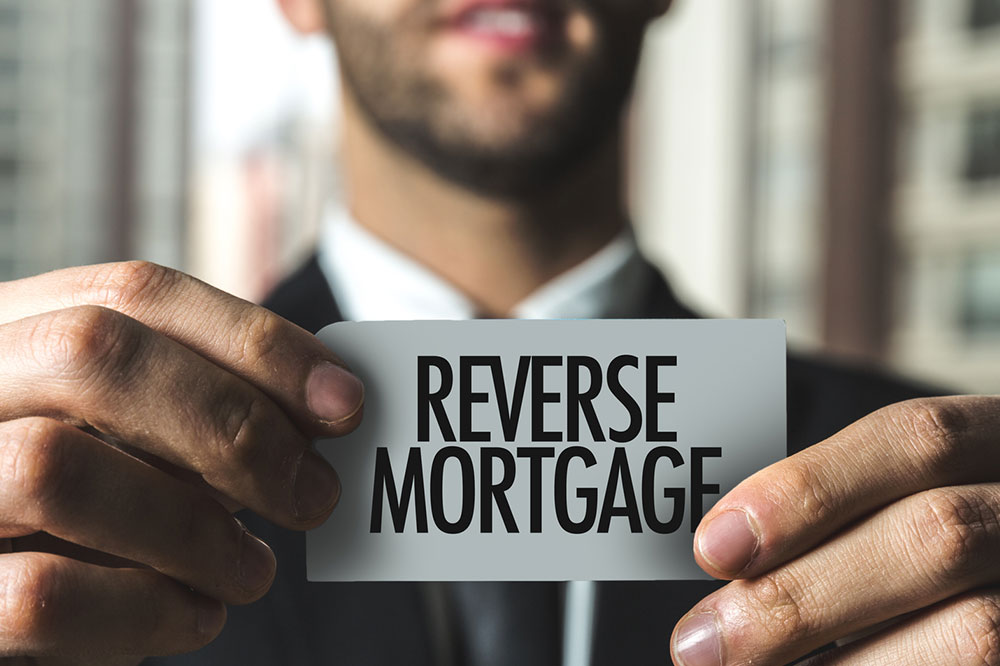Comprehensive Guide to Reverse Mortgages for Senior Homeowners
Learn everything about reverse mortgages, including eligibility, application steps, loan limits, and how they can provide retirees with financial stability. This comprehensive guide explores the benefits and considerations for senior homeowners seeking to unlock their home equity without selling their property, helping you make informed retirement planning decisions.

Comprehensive Guide to Reverse Mortgages for Senior Homeowners
Reverse mortgages have become an increasingly popular financial solution for senior homeowners looking to unlock the equity amassed in their homes without the need to sell or move. Designed primarily for individuals aged 62 and older, this financial product offers a way for seniors to access cash to cover healthcare, daily expenses, or other financial needs while maintaining ownership of their property. As the cost of living rises and retirement savings may not be sufficient, reverse mortgages present a flexible and viable option for many retirees seeking financial stability.
In this detailed guide, we explore everything you need to know about reverse mortgages—from eligibility criteria and application procedures to how the loan amounts are determined and the key considerations involved. Whether you are contemplating this option for financial relief or simply want to understand how it works, this comprehensive overview will help you make informed decisions suited to your retirement planning.
Here are the critical aspects to understand about reverse mortgages:
What Is a Reverse Mortgage?
A reverse mortgage is a specialized loan that allows homeowners, primarily seniors aged 62 and above, to convert part of their home equity into usable cash. Unlike traditional mortgages where the borrower makes monthly payments to the lender, reverse mortgages work in the opposite way. Instead of paying the bank, the lender disburses funds to the homeowner—either as a lump sum, monthly payments, or a line of credit. The loan is repaid only when the homeowner sells the home, moves out permanently, or passes away. This structure provides retirees with a steady cash flow, helping them meet financial needs without sacrificing their residence.
Application Process for Reverse Mortgages
Initial Consultation with HUD-Approved Counselors: Before proceeding, applicants are required to consult with HUD-approved housing counselors. These professionals evaluate the applicant’s financial situation, explain the details of reverse mortgages, and discuss possible alternative options. You can find these counselors on the HUD website. This step ensures that seniors understand the implications, costs, and benefits associated with the loan, empowering them to make informed choices.
Application Submission: After counseling, eligible homeowners can submit an official application through the Department of Housing and Urban Development (HUD). The application process involves providing documentation on income, expenses, home value, and existing liens, if any.
Property Appraisal and Review: The home must undergo an appraisal to determine its current market value. Additionally, the lender reviews the borrower’s financial details, age, and the property’s condition to establish loan limits.
Loan Approval and Disbursement: Once approved, funds are disbursed based on the chosen repayment plan—this may include a lump sum, regular monthly payments, or a line of credit. The borrower can opt for the option that best suits their current financial needs.
Eligibility Requirements for Reverse Mortgages
The applicant must be at least 62 years old to qualify, ensuring that the loan is targeted towards retirees.
The property must serve as the borrower’s primary residence, emphasizing the loan’s focus on “home equity conversion” for main residences.
The home must be well-maintained, structurally sound, and in good condition, with any necessary repairs completed prior to application.
Full ownership or a low mortgage balance is essential—any existing mortgage must be paid off or manageable through the reverse mortgage loan.
Applicants need to demonstrate they have sufficient income or assets to cover ongoing property taxes, homeowner’s insurance, and maintenance costs, as these are essential to keep the home in good condition and compliant with loan requirements.
Understanding these criteria ensures that applicants are well-prepared and eligible for the benefits of reverse mortgages.
How Loan Amounts Are Calculated
The total amount a borrower can receive depends on several key factors, including the borrower’s age, the current market value of the home, prevailing interest rates, and the specific terms of the reverse mortgage product.
Typically, older homeowners can access higher percentages of their home’s value due to the shorter remaining life expectancy while loaning more at fixed lower interest rates.
Home value plays a vital role; higher-value homes qualify for larger loan amounts, though certain limits apply based on FHA standards and lending policies.
Loan fees such as origination costs, mortgage insurance premiums, and closing costs are deducted from the disbursed amount, which impacts the net funds received.
In summary, reverse mortgages offer a flexible financial tool that can supplement retirement income, pay off existing debts, or fund significant expenses—provided borrowers understand the terms, costs, and responsibilities involved.
Always consult with a financial advisor or HUD-approved counselor to evaluate whether this option aligns with your long-term financial plans.





